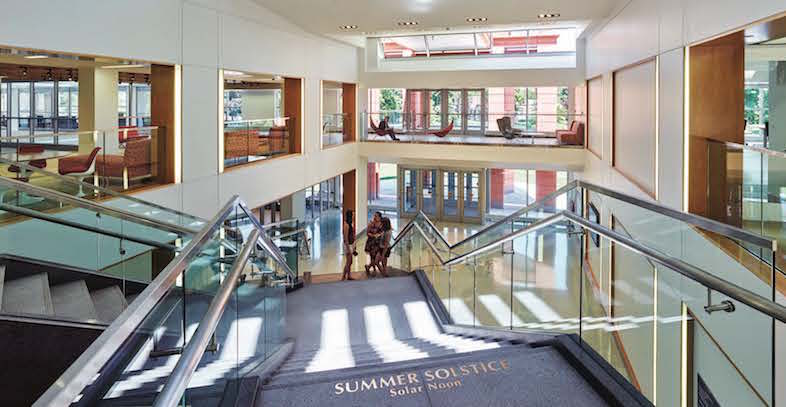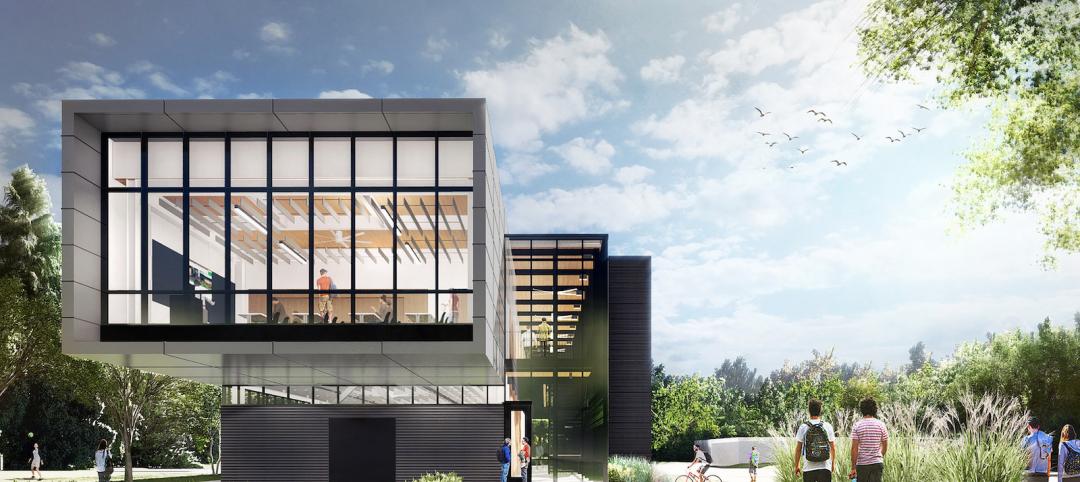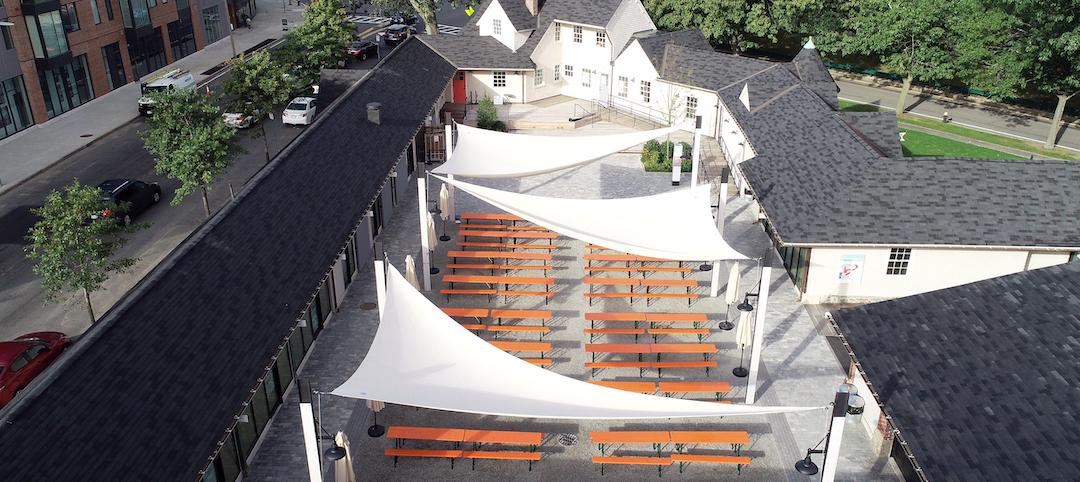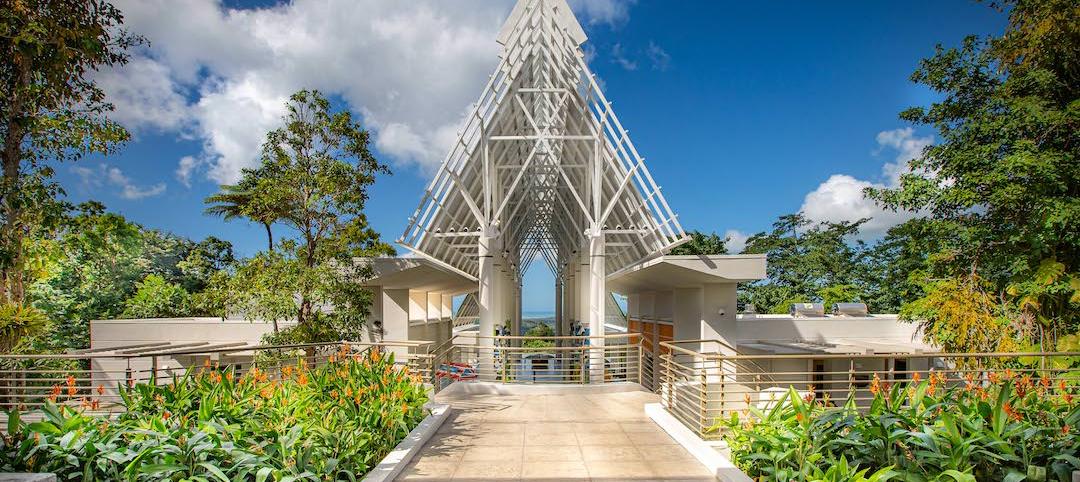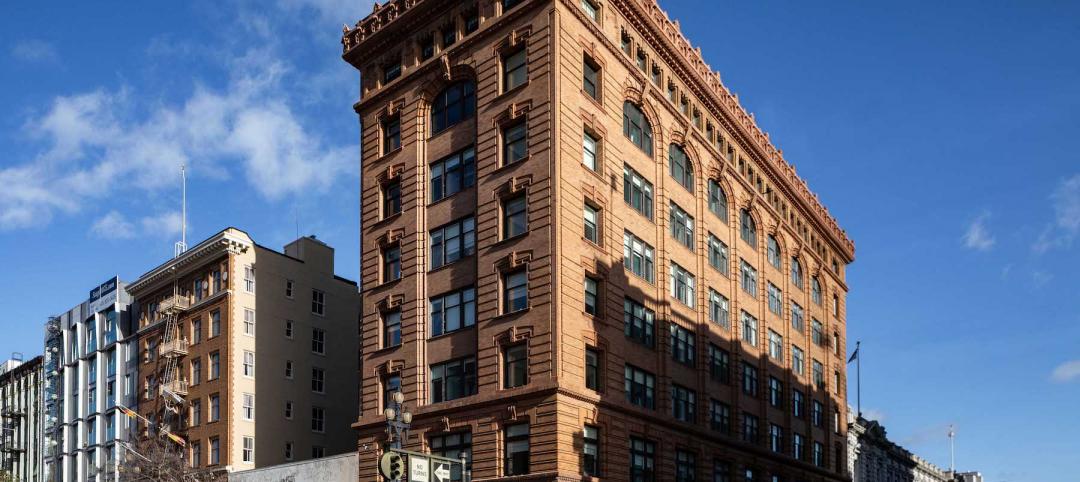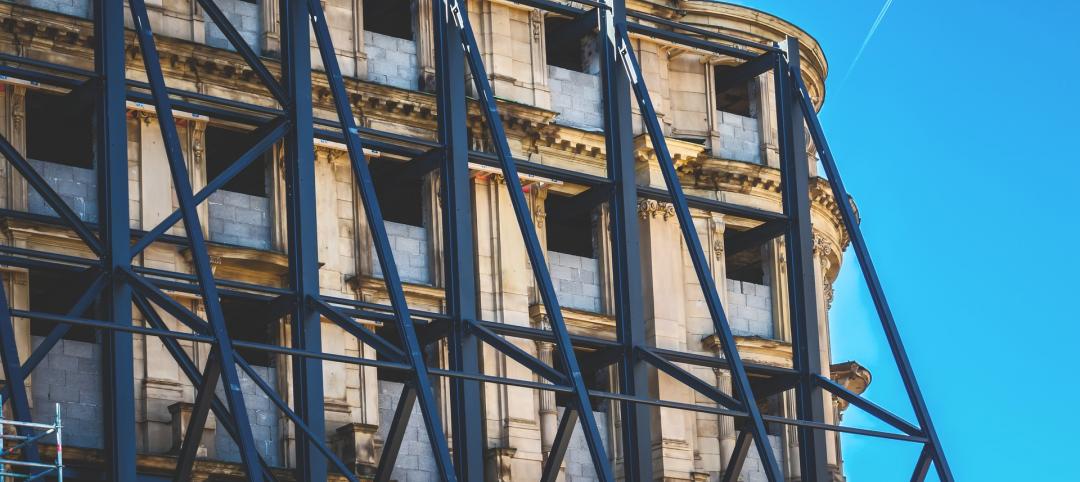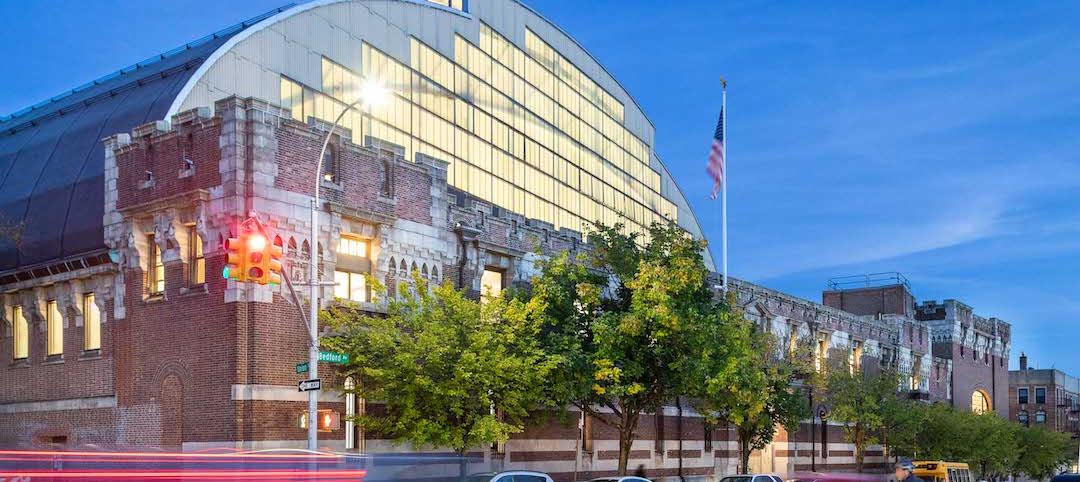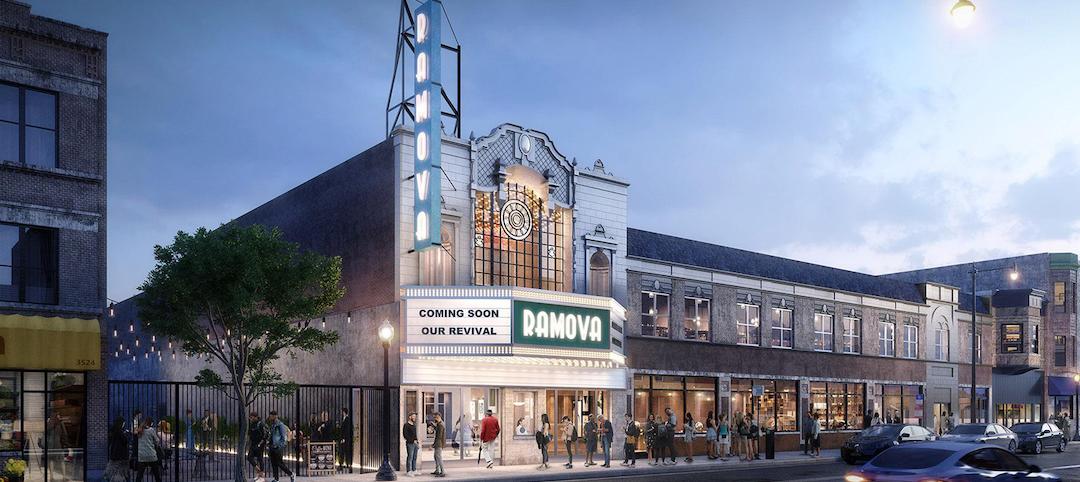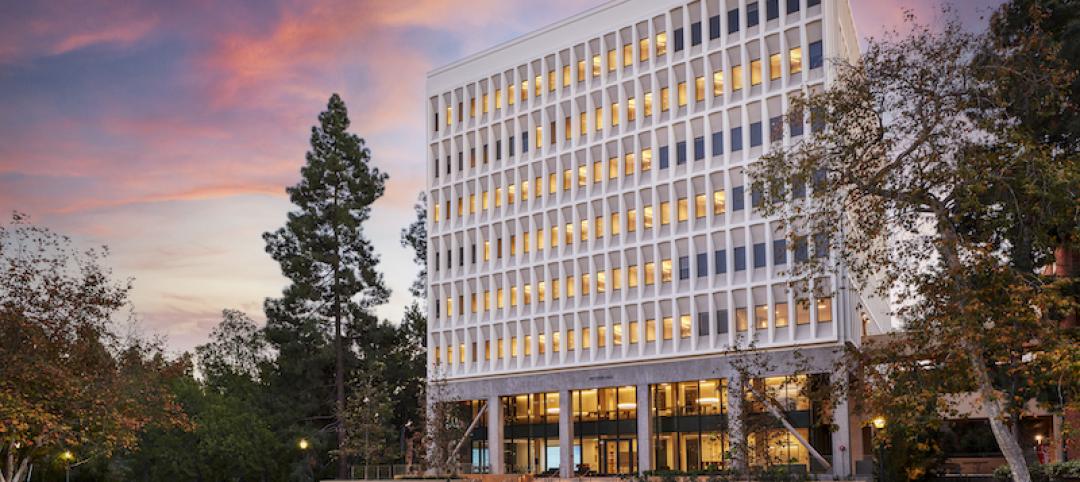The high-performance retrofit of an existing building is more difficult than building new because the structural system, orientation, and massing—the first tools in the architect’s kit—have already been used.
Moreover, the deep affection often associated with existing structures that possess cultural and historic significance presents even more resistance to high-performance design—the fear that the process will require massive modification of “untouchable” community assets.
Yet this critical segment of the built environment represents a vast reservoir of sustainable potential and carries with it our society’s multi-generational heritage.
After reading this article, you should be able to:
+ Assess the sustainable potentials and limitations of an existing building of historic/cultural significance.
+ Prioritize the overall active and passive design strategies within the physical limitations and the historic/community values of a given setting.
+ Discuss a daylighting strategy that combines the use of direct and diffuse daylight and thermal loading attuned to functional need.
+ Anticipate the future life of the building in transition to sustainability and generate an “anticipatory” design to support the implementation of that vision.
TAKE THIS FREE AIA COURSE AT BDCUNIVERSITY.COM
Related Stories
Higher Education | Mar 1, 2022
SRG Partnership designs a nautically inspired space for maritime science
A community college in Oregon has begun construction on a new building devoted to maritime science. With it, the school hopes to solidify its position as a major industrial and marine technology center in the Pacific Northwest.
Sponsored | BD+C University Course | Feb 17, 2022
Metal roofing trends
New ideas in design and constructability are radically changing how metal systems are used as roofing for commercial and institutional buildings. Behind the investment in these new kinds of expressions and construction approaches is a growing interest in improved performance and reduced environmental impact. Metal roofing systems can cut cooling and heating loads significantly, according to the EPA.
Reconstruction & Renovation | Jan 26, 2022
Bruner/Cott Architects revives a historic horse and bicycle racing complex
The original complex was built in 1899.
Sponsored | Reconstruction & Renovation | Jan 25, 2022
Concrete buildings: Effective solutions for restorations and major repairs
Architectural concrete as we know it today was invented in the 19th century. It reached new heights in the U.S. after World War II when mid-century modernism was in vogue, following in the footsteps of a European aesthetic that expressed structure and permanent surfaces through this exposed material. Concrete was treated as a monolithic miracle, waterproof and structurally and visually versatile.
Reconstruction & Renovation | Jan 24, 2022
Marvel leads restoration and redesign of El Yunque Visitors’ Center
The project cost $18.1 million.
Adaptive Reuse | Dec 16, 2021
An adaptive reuse of a historic building in San Francisco was worth the wait
A five-year-long project included extensive restoration.
Giants 400 | Dec 5, 2021
2021 Reconstruction Sector Giants: Top architecture, engineering, and construction firms in the U.S. building reconstruction and renovation sector
STO Building Group, Alfa Tech Consulting Engineers, Gensler, and Stantec top BD+C's rankings of the nation's largest reconstruction sector architecture, engineering, and construction firms, as reported in the 2021 Giants 400 Report.
Reconstruction & Renovation | Nov 15, 2021
Marvel transforms the historic Bedford Armory into a community hub
The project is located in Crown Heights, Brooklyn.
Reconstruction & Renovation | Oct 13, 2021
Restoration of Ramova Theater in Chicago’s Bridgeport Neighborhood begins
The building was originally built in 1929.
University Buildings | Jul 12, 2021
UCLA building completes renovations for enhanced seismic, energy, and curriculum requirements
CO Architects designed the project.


